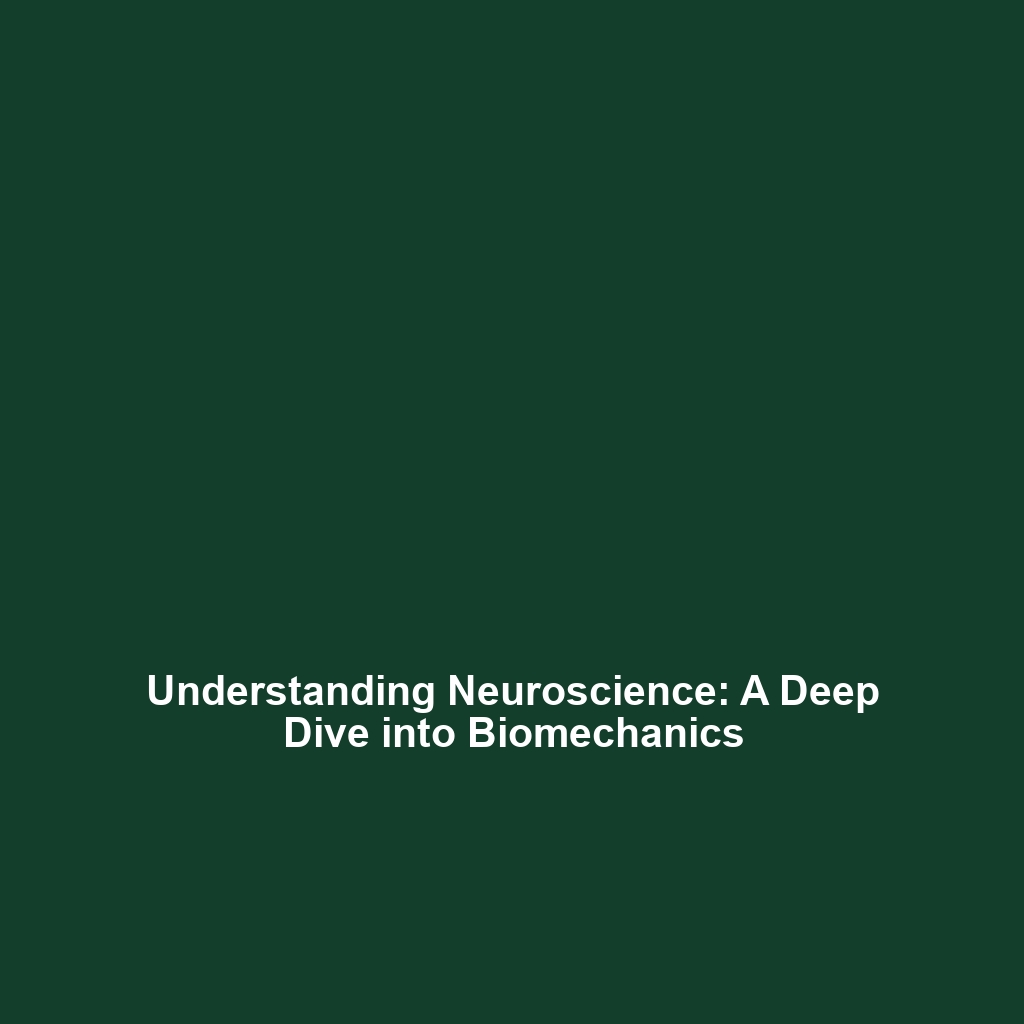How Prime Editing Offers More Control Over the Types of Genetic Changes Made
Introduction
In the dynamic field of CRISPR gene editing, prime editing stands out as a remarkable breakthrough that significantly enhances control over genetic modifications. This innovative technique, often dubbed “the search-and-replace” tool of genetic engineering, allows scientists to make precise edits to the DNA without introducing double-strand breaks. As research progresses, understanding how prime editing offers more control over specific genetic changes is becoming increasingly relevant for applications in medicine, agriculture, and beyond.
Key Concepts
Prime editing represents a notable advancement in the realm of CRISPR gene editing, leveraging several core concepts:
1. Mechanism of Action
Unlike traditional CRISPR methods that rely on nucleotide insertion or deletion, prime editing methodically inserts specific sequences via a prime editor, which combines a catalytically impaired Cas9 protein with a reverse transcriptase enzyme.
2. Precision and Efficiency
One of the most significant advantages is its unparalleled precision, allowing for targeted modifications without the pitfalls of off-target effects typical in other CRISPR techniques. As a result, researchers have identified a method that offers more consistent and cleaner edits.
Applications and Real-World Uses
Prime editing is being explored for a variety of applications within the context of CRISPR gene editing. Some notable examples include:
- Correction of genetic diseases such as sickle cell anemia and cystic fibrosis.
- Enhancements in crops to withstand environmental stresses and improve nutrition.
- Aid in gene therapy by allowing precise modifications in human somatic cells.
The growing body of research on how prime editing is used in CRISPR gene editing continues to expand the potential for transformative medical and agricultural solutions.
Current Challenges
Despite the promising advantages, there are still challenges of prime editing that researchers face. These include:
- Delivery Mechanisms: Finding efficient and safe methods for delivering prime editing components into target cells remains a significant hurdle.
- Ethical Issues: The potential implications of gene editing on human germline cells provoke ongoing ethical debates.
- Long-Term Stability: Investigating the long-term effects and stability of edits made through prime editing is crucial for its acceptance in therapeutic applications.
Future Research and Innovations
The future of prime editing within the CRISPR gene editing landscape looks promising, with ongoing research poised to yield groundbreaking advancements:
- Developing next-generation delivery systems, such as viral vectors or nanoparticles, to enhance the efficacy of prime editing.
- Innovations aimed at improving the efficiency of prime editing will enable faster translation from laboratory research to clinical settings.
- Breakthroughs in computational modeling for predicting off-target effects with almost absolute precision.
Conclusion
In summary, prime editing significantly enhances the control over genetic changes, representing a crucial advancement in CRISPR gene editing. The benefits of this technology in areas ranging from genetic disease correction to crop improvement highlight its vast potential. As researchers confront the challenges and continue exploring innovative solutions, the future of prime editing looks exceedingly bright. For more insights on advanced gene editing techniques, explore our articles on Genetic Editing Techniques and Ethics in Gene Editing.


